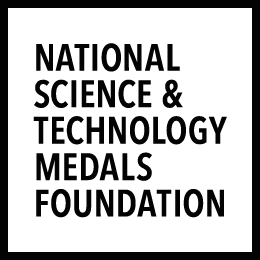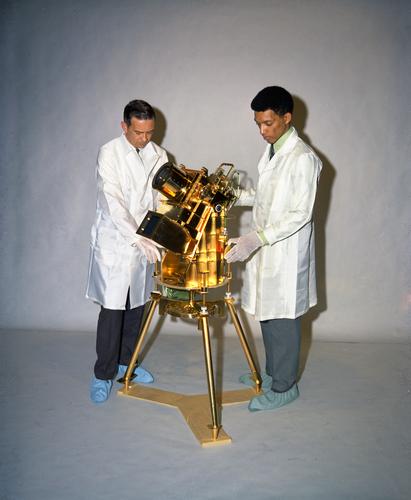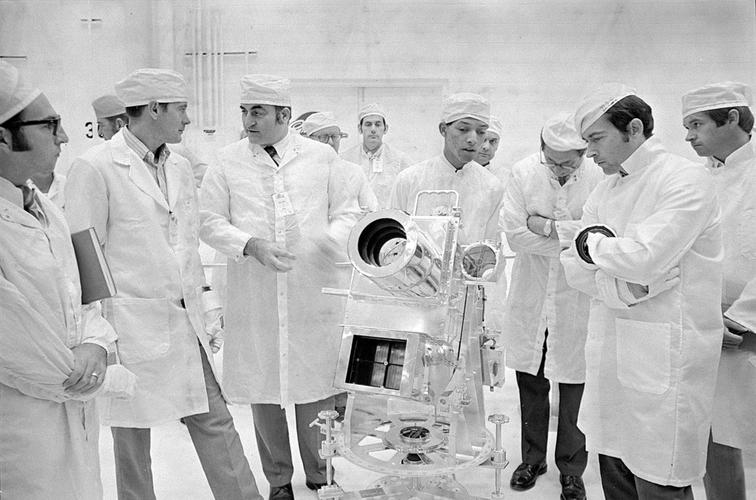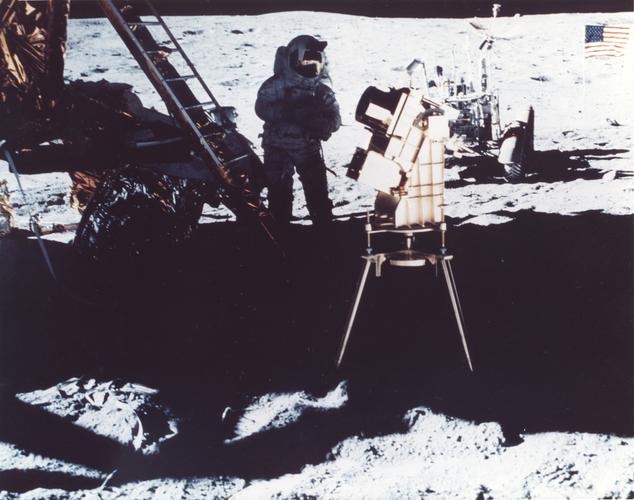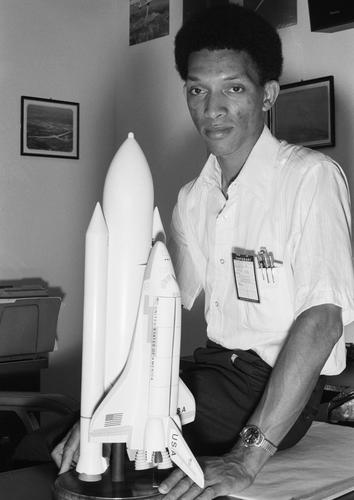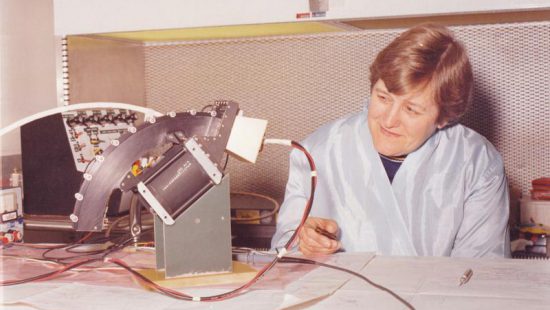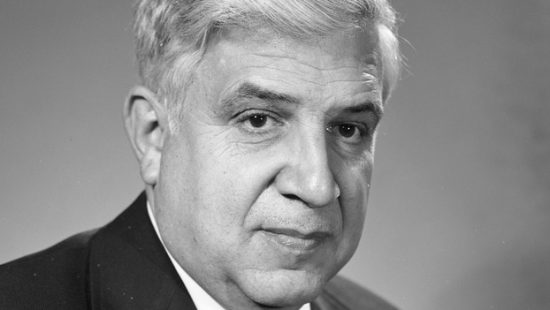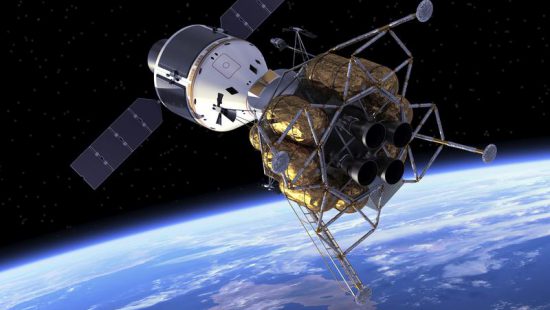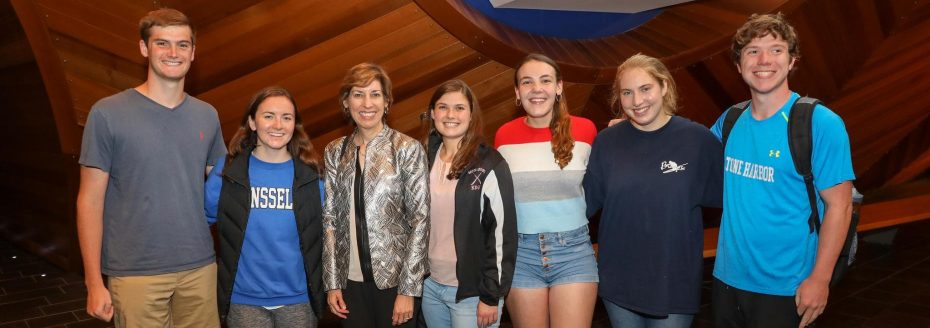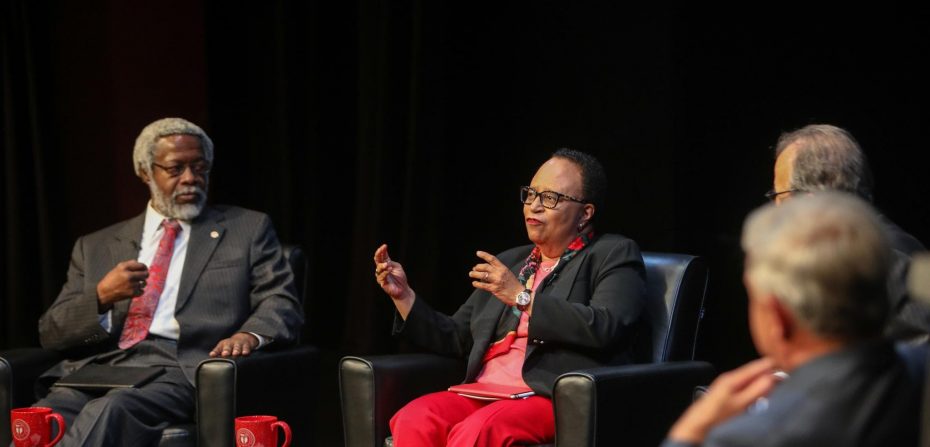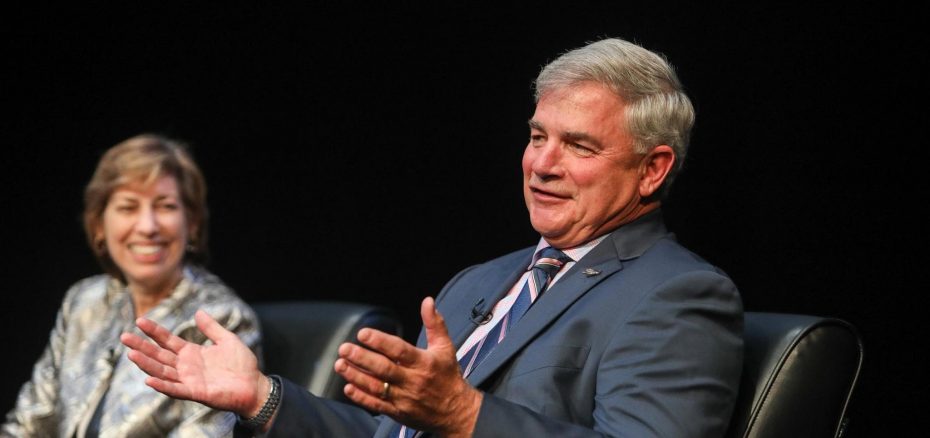As a 12-year-old boy building his first telescope out of mail-order lenses and a cardboard tube, George Carruthers had no way of knowing that one day he would change the way humanity sees space. In the late 1960s, with the space race in full swing, Carruthers designed and built a camera that could detect light in the far ultraviolet spectrum. Though humans can’t see UV light, it is given off by some of the most elusive and intriguing bodies in the universe. Being able to detect it has revolutionized the study of star and galaxy formation; unlocked some of the mysteries of comets; and even given us new insights into the workings and composition of our own atmosphere. In 1972, the UV camera invented by Carruthers flew aboard the Apollo 16 Moon mission. From the moon, the astronauts used it to produce the first Far UV image of Earth. Suddenly, it was possible to see and study parts of our atmosphere, and indeed of the whole cosmos, that had only been theorized. The camera was the first observatory to be used off the face of the Earth–a legacy that led to the launch of the Hubble Space Telescope as well as other outer space telescopes and probes. It actually still stands on its original tripod today. Known for being quiet and dignified, Dr. Carruthers spends a considerable amount of time mentoring young students interested in science, especially those from minority backgrounds. A lucky few even get to serve as research apprentices in his lab. “I wish I had something like that when I was in high school,” Dr. Carruthers has commented, noting that lab work is much more preferable and productive for enquiring minds than his high school job of delivering newspapers.

George Carruthers
- Aerospace
For invention of the Far UV Electrographic Camera, which significantly improved our understanding of space and earth science.
